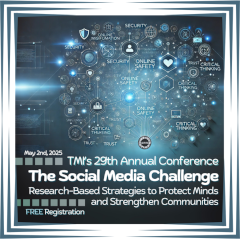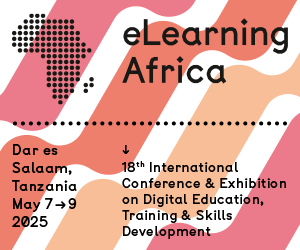Changing Teaching through 3D Technology
Reading (UK)/Dallas, TX (USA), February 2011 - Two UK schools are using Texas Instruments DLP® 3D-ready technology to bring science lessons to life and turn two-dimensional topics into engaging 3D learning experiences. The result is an improvement in the pupils' understanding of difficult topics. Participating schools are The Abbey School, an independent girls' day school of over 1,000 pupils, and the Emmbrook School, a mixed comprehensive school of 1,200 pupils.
The DLP 3D projectors complement traditional methods (textbooks, physical models) but allow every pupil - right to the back of the classroom - to enjoy and participate in an immersive learning experience. "I really can't find a single disadvantage with the DLP 3D-ready projection system", comments Kathryn Macaulay, Deputy Headmistress at The Abbey School. "Almost all IT implementations have some kind of caveat, but the DLP system can't be faulted. It's a win-win for staff, pupils and our school."
Macaulay, who also takes responsibility for the school's ICT policy, first introduced DLP projectors in April 2010 after seeing the potential advantages of using 3D projection. The Emmbrook School, a state comprehensive school in nearby Wokingham for eleven to eighteen year olds, has also been trialling a DLP digital 3D projector over the same period.
Claire Loveday, Curriculum Leader for Biology at the Emmbrook School says, "We've found that pupils respond well to being taught with the 3D projectors. The children are visibly more interested in what we are teaching. We use the projector primarily for Biology, but we expect our new software upgrades will widen this to Chemistry and Maths, as well as Key Stages 3, 4, and 5."
The plant cell project is The Abbey School's latest example of the power of 3D teaching. Two classes of the same age group and ability were asked to create a model of a plant cell; one class had been taught using the traditional 2D illustration and the other class had been taught using a DLP-equipped 3D projector.
The first class - having seen only a flat cut-away of a cell - created simple two-dimensional structures. The second set of students, taught using 3D, produced complete models showing the plant cell in three dimensions. These pupils successfully understood the structure of the cell and recreated a more accurate model.
In a further test, four classes of year-eight pupils (age twelve to thirteen) were taught the structure and function of the human ear. In multiple-choice tests conducted the week following the lessons, the 3D-taught students produced significantly higher marks compared with the groups taught using traditional methods. The mean score in the 3D lessons was 8.33 out of a possible 10, while the traditionally taught children returned a mean score of 7.00.










